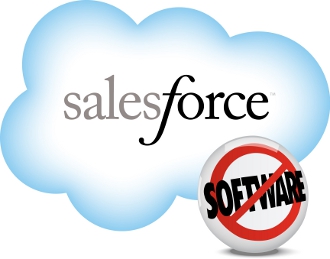 Adobe’s cloud-based subscription model is doing wonders for its bottom line.
Adobe’s cloud-based subscription model is doing wonders for its bottom line.
The outfit reported a profit that topped market expectations for the ninth straight quarter on strong subscriber growth for its Creative Cloud package of software tools, which includes Photoshop.
More than 833,000 subscribers signed up for Creative Cloud in the fourth quarter ended Nov. 27, more than the 678,200 additions analysts were expecting.
Creative Cloud includes graphic design tool Photoshop, web design software Dreamweaver and web video building application Flash, among other software.
Adobe, which has seen strong growth from Creative Cloud, has been nimble enough to attract users other than enterprises and professionals to the software suite.
More than half of its customers subscribe to the highest-priced full Creative Cloud while the rest subscribe to individual products. Photoshop Lightroom was the fastest growing.
Apparently this is because it is attracting new users from hobbyists and consumers and people that would never buy the Creative products before.
San Jose-based Adobe has been switching to web-based subscriptions from traditional licensed software to enjoy a more predictable recurring revenue stream.
Revenue from its digital media business, which houses Creative Cloud, jumped 35 percent to $875.3 million.
Revenue from its digital marketing business, which offers tools for businesses to analyze customer interactions and manage social media content, rose 2.3 percent to $382.7 million.
Total revenue rose to $1.31 billion.
Despite the 21.7 percent increase in fourth-quarter revenue only matching analysts’ estimates, a much lower 3.4 percent bump in total operating costs also helped Adobe’s profit beat estimates.
Adobe’s net income soared to $222.7 million, or 44 cents per share, in the quarter, from $88.1 million, or 17 cents per share, a year earlier.
 The Competition and Markets Authority has found that the proposed Adobe-Figma merger could potentially negatively affect the UK digital economy.
The Competition and Markets Authority has found that the proposed Adobe-Figma merger could potentially negatively affect the UK digital economy. Online prices for consumer electronics have declined by 3.2 per cent year-over-year, according to a new report by Adobe Analytics.
Online prices for consumer electronics have declined by 3.2 per cent year-over-year, according to a new report by Adobe Analytics.















